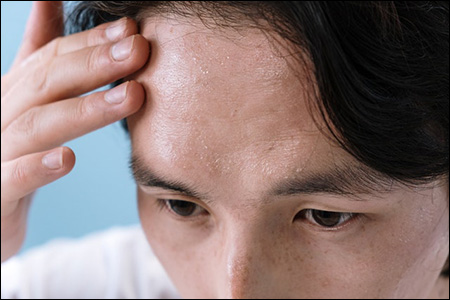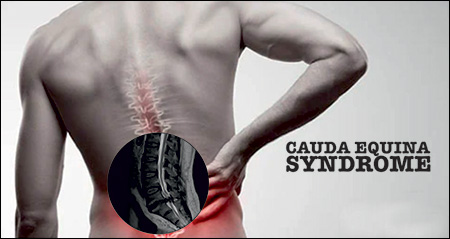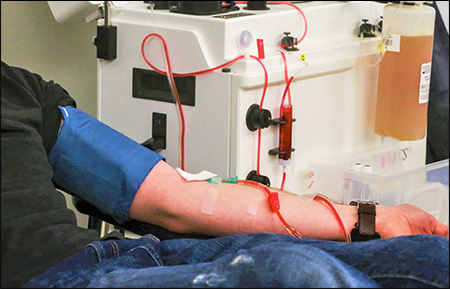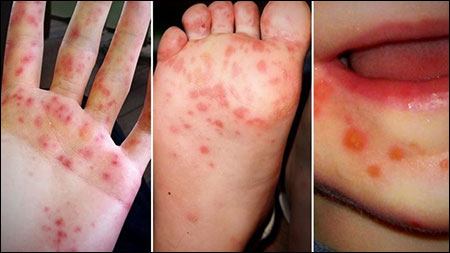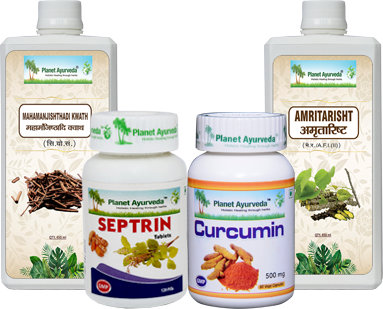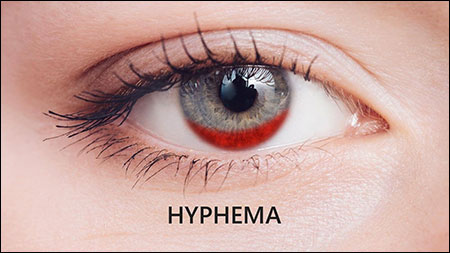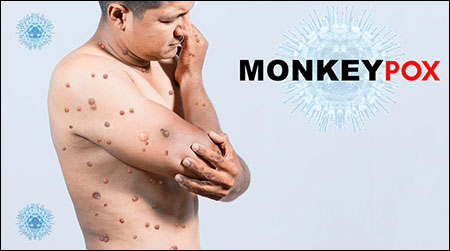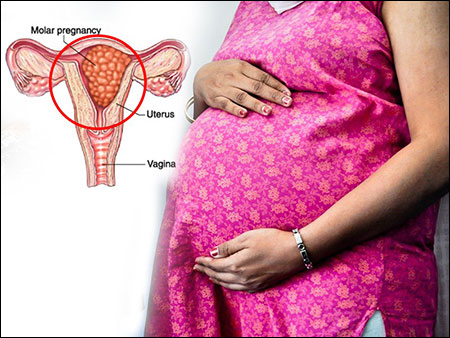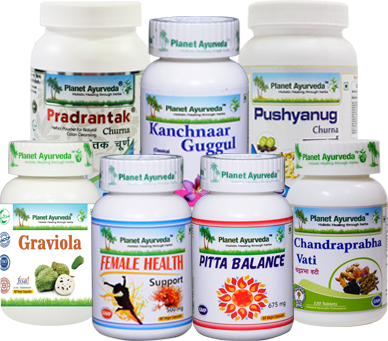Abstract
Mostly, the eyes specialist is involved in managing traumatic injuries of the eye or around the eye. Even ocular injuries are very common all around the whole world and have faced major consequences in their daily clinical practice. These eye injuries vary in symptoms, they may lie in a mild range of symptoms and are also not going to cause non-sight threatening, but may cause extremely serious illness with blind consequences. Hyphema is an accumulation of red blood cells that enters the front (anterior) chamber of the eye between the iris and the cornea, its most common cause is traumatic injury. In this article, we are going to discuss hyphema, its reasons, its symptoms, and its preventive measures with Ayurvedic management.

Introduction
Hyphema is the pooling of RBCs in the anterior chamber of the eye, between the iris and the cornea, this symptom is directly caused by traumatic injuries. This anterior chamber of the eye is filled with a clear fluid that is referred to as aqueous humour, folds of the posterior chamber that are named ciliary processes are responsible to make this fluid, then cross through the pupils into the anterior chambers of the eyes. This pooling of blood may cover a maximum part of the iris and pupil and may hamper the vision, halfly or completely. A hyphema is a very painful condition, if not treated on time then it may cause permanent damage to the vision problems.
What Causes Hyphema?
A most common cause is -
- Blunt eye trauma can be caused due to sports injuries.
- Penetrating trauma and spontaneous hyphemas can occur as well.
- Road accidents.
- Abnormal blood vessels developed on the surface of the iris.
- Infection of eyes can occur due to herpes zoster.
- Haemophilia and sickle cell anaemia are the two blood clotting diseases that may develop Hyphema.
- Cancer of eyes.
- Intraocular lens diseases.
Presentation Of The Hyphema
70% of the symptoms are seen in children, especially between the 10-20 years of males, they are usually caused by blunt injuries like while playing games, accidents that can be road or may happen in industries also, accidents in industries, may fall in-ground or from height, fights or during shooting with guns.
- Decrease in vision or a loss of vision
- Pain around the eyes.
- Sensitivity to the light.
- Vision with a red tint.
- If someone is having microhyphema then it may have slightly blurred or normal vision, but if someone is not having vision anymore, then this will be a complete hyphema.
- This condition may improve with time when the blood gradually goes down and accumulates in between the iris and cornea or in the anterior chamber of the eye.
- Complete hyphema condition is the most severe in which the blood fills the chamber entirely.
Facts About Hyphema
- The incidence of traumatic hyphema is 15 out of 1,00,000 people but this commonly occurs in children.
- Males are more prone to get this disease because they are more involved in gaming activities as compared to females.
- Children are typically affected because they get involved in basketball games, baseball games, or soccer that strike the anterior surface of the eye.
Ayurvedic View Of Hyphema
In Ayurveda, there are various Vetra rogas, that are mentioned by Acharya Charak, Acharya Sushrut, Ashtang Hruday, etc. Hyphema is a condition in which pitta dosha and rakta dhatu get vitiated. It can be caused by abhighata (Trauma) to the native place of the eye. Then due to these factors netra srotas are being vitiated by kapha dosha and its gunas, it shows its powerful effects on the intraocular circulation and the drainage of the affected area slows down. So in this disease, we used to balance all the doshas and do the treatment that is pitta and rakta dosha shamak and is rasayana in nature.
Herbal Remedies For Hyphema By Planet Ayurveda
Planet Ayurveda is a GMP-certified herbal manufacturing company that prepares natural herbal products that are useful in every disease. All the medicines prepared here are 100% natural and free from colours, dyes, fillers, and chemical constituents. These are organised under the guidance of MD Ayurveda experts, and we use specifically standardised extracts that help relieve the patient immediately. Here, are some of the effective formulations for Hyphema -
- GOTU KOLA CAPSULES
- SAPTAMRIT LOHA
- DHATRI LOHA
- ANGEL EYE VITALE
- JASNOOR EYE DROPS
Products Description
1. GOTU KOLA CAPSULES
This is the patent herbal formulation prepared by Planet Ayurveda consisting of Gotukola also named as Mandukaparni (Centella asiatica). This is very helpful in controlling the early degenerative conditions in arteries as well as strengthens the blood vessels. It helps to enhance the flow of blood and manage the intraocular pressure of the eyes.
Dosage: 1 Capsule twice daily, with plain water, after meals.
2. SAPTAMRIT LOHA
This is a classical herbal formulation that helps to sustain healthy vision as well as it is said to be a great medication for muscle strengthening of the eyes. Its wonderful ingredients are yashtimadhu (Glycyrrhiza glabra), triphala (Haritaki Terminalia chebula, Vibhitaki Terminalia bellirica, Amalaki Emblica officinalis) and loha bhasma (Ash of Iron) which is very famous for its tridosha shamakta.
Dosage: 2 tablets twice daily, with plain water, after meals.
3. DHATRI LOHA
This is a classical formulation prepared by Planet Ayurveda consisting of Amalaki (Emblica officinalis), yashtimadhu (Glycyrrhiza glabra) and Giloy (Tinospora cordifolia) etc. this is an herbo-mineral preparation which is very beneficial in maintaining the eye sight, helps in enhancing the healing process of the body. It maintains intraocular pressure of the eyes and purifies the blood.
Dosage: 1 tablet twice a day with plain water after meals.
4. ANGEL EYE VITALE
This is a patent herbal formulation of Planet Ayurveda consisting of Amalaki (Emblica officinalis), Mandukaparni (Centella asiatica) and bhringraj (Eclipta alba). These are wonderful ingredients that are very helpful in managing all the urdhva jatrugata rogas which means all the diseases that occur above the clavicle. This particular articulation is made for the eyes to relieve its stress, excessive pressure and pain around the eyes.
Dosage: 1 Capsule twice daily, with plain water, after meals.
5. JASNOOR EYE DROPS
This herbal formulation is very helpful in maintaining all the doshas in a balanced state and this is a patent herbal formulation that is manufactured by Planet Ayurveda consisting of triphala, neem (Azadirachta indica), Tulsi (Ocimum sanctum) etc. These all are very beneficial in purification of blood and maintain the normal intraocular pressure of the eye.
Dosage: 3 drops in each eye.
Contact Planet Ayurveda to provide you the costing / ordering and delivery information at – costing.planetayurveda@gmail.com or call at +91-172-5214040 Or Check Website – www.PlanetAyurveda.com
Conclusion
Hyphema can be relieved by the ayurvedic management on improving vision that is mentioned above. It helps in maintaining the proper intraocular pressure in eyes and relieves the stress from the eyes. These herbal formulations can increase the eyesight of the patient and may promote the growth of healthier tissue, without showing any type of side-effect in the other parts of the body.
https://ift.tt/edksozp
https://ift.tt/17zHhCA
